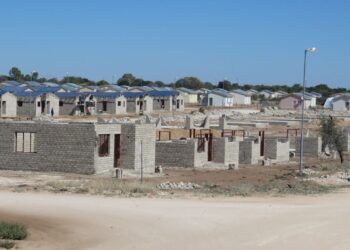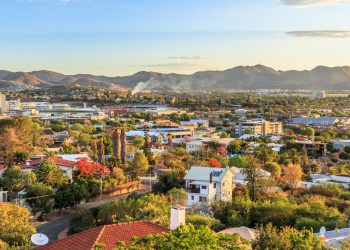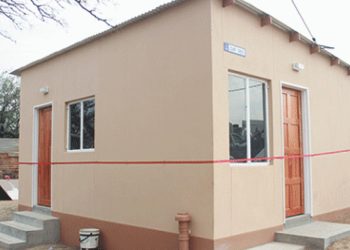
Swakopmund’s approved building plans surged to N$2.7 billion year-to-date in 2024, up from N$664 million in 2023, latest figures show.
According to Simonis Storm Junior Economist Almandro Jansen, despite a 20.4% month-on-month decline in December, with approvals dropping to N$70 million, the overall figures highlight strong growth in the coastal town’s construction sector.
“For the fourth quarter of 2024, the total value of approved plans stood at N$213 million, up from N$191 million in Q4 2023,†he said.
In Swakopmund, residential developments accounted for 89% of approvals (60 projects), with industrial and commercial buildings contributing 3% and 7%, respectively. Institutional projects were notably absent in December.
“Residential developments accounted for 89% of approvals (60 projects), with industrial and commercial buildings contributing 3% and 7%, respectively,†Jansen noted.
Completed projects in Swakopmund contracted to 571 in 2024 from 662 in 2023, with the total value of completions dropping from N$664 million to N$404 million. This decline suggests reduced activity in both scale and value.
“Building activity in Swakopmund contracted, with completed projects falling to 571 in 2024 from 662 in 2023. The total value of completions also declined significantly, dropping from N$664 million to N$404 million,†Jansen explained.
During Q4 2024, Swakopmund recorded 120 completed projects valued at N$94.4 million, a significant drop from the 227 completions valued at N$138.4 million reported in Q4 2023. This ongoing decline points to persistent challenges in the local construction market.
“In contrast, Swakopmund’s construction sector remained subdued during Q4 2024. The town recorded 120 completed projects valued at N$94.4 million, significantly lower than the 227 completions and N$138.4 million reported in Q4 2023,†Jansen stated.
Land prices in Namibia’s coastal region surged by 60.7% year-on-year in Q3 2024, with the average price per square meter reaching N$817, outpacing all other regions.
“This remarkable growth outpaced all other regions. The central region recorded a 31.4% increase to N$1,041 per square meter, while the northern and southern regions experienced declines of -6.6% and -40.0%, respectively,†he noted.
He said that the coastal housing market showed moderate gains, with house prices rising 2.7% y/y to N$1,158,000.
Conversely, the southern region continued to struggle, as house prices contracted by -4.0% to N$759,000.
“Nationally, the property market showed signs of recovery, with the 12-month weighted average house price rising 7.0% y/y to N$1,303,179—the highest growth rate since 2021. The central region spearheaded this resurgence, with house prices increasing 6.9% y/y to N$1,659,000,” he explained.
Jansen said growth was driven by the small housing segment (N$500,000– N$1,500,000), which expanded by 14% y/y and accounted for the majority of transactions.
In contrast, larger properties (N$3,500,000–N$6,500,000) and luxury homes (>N$6,500,000) experienced contractions of -6.5% and -4.4%, respectively.
“Transaction volumes also improved, led by a 1.1% y/y increase in the central region. The coastal and northern regions saw reduced contractions, while the southern region remained stagnant, reflecting ongoing disparities across the market,” he said.











